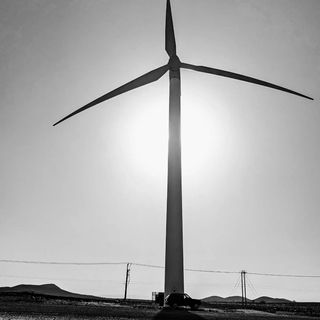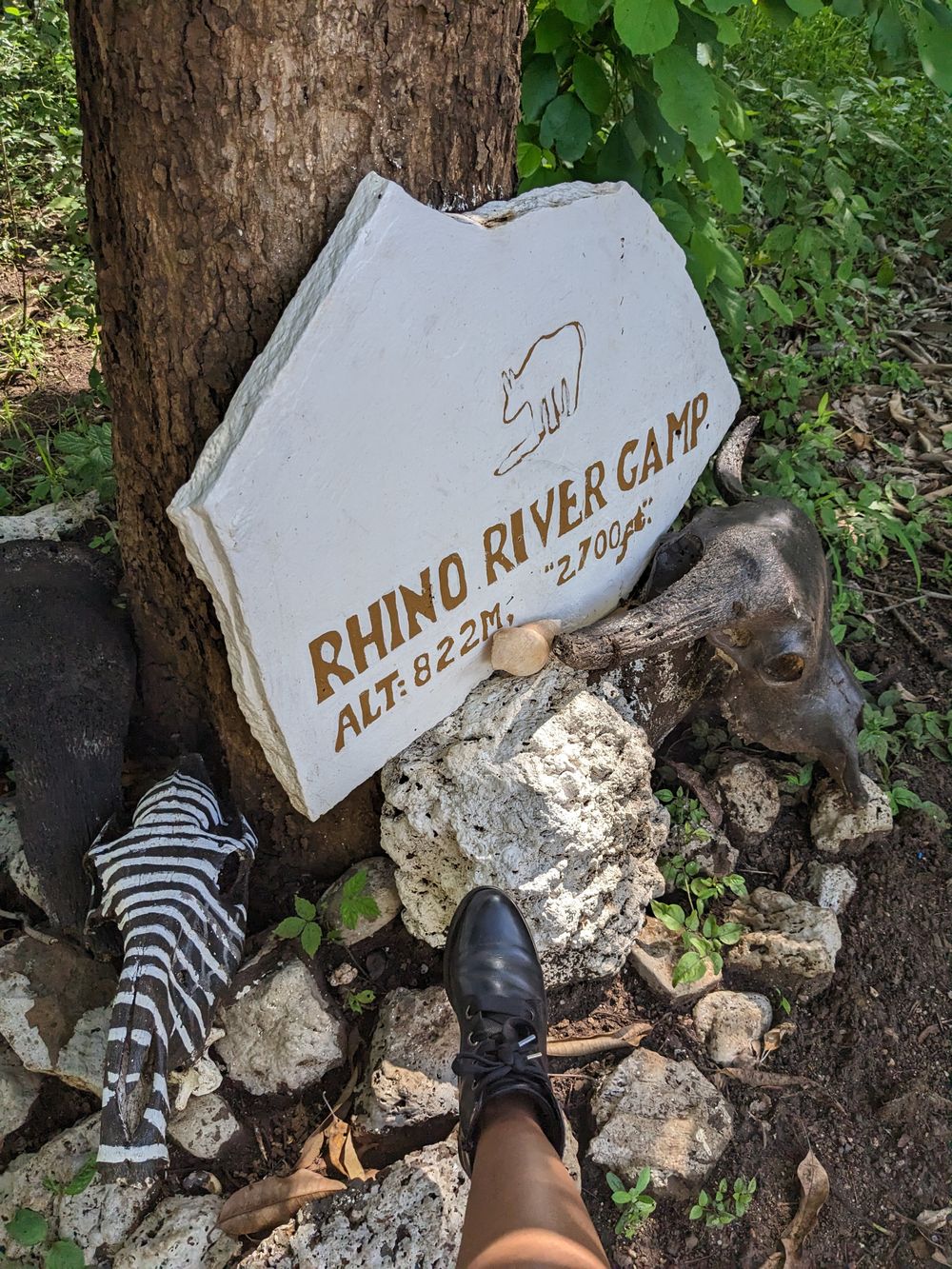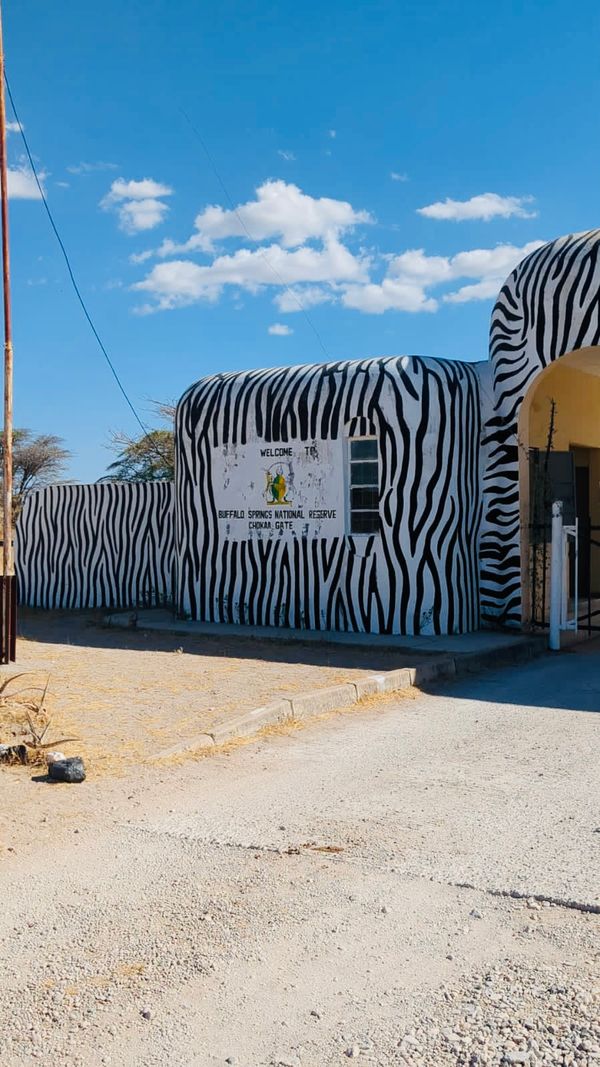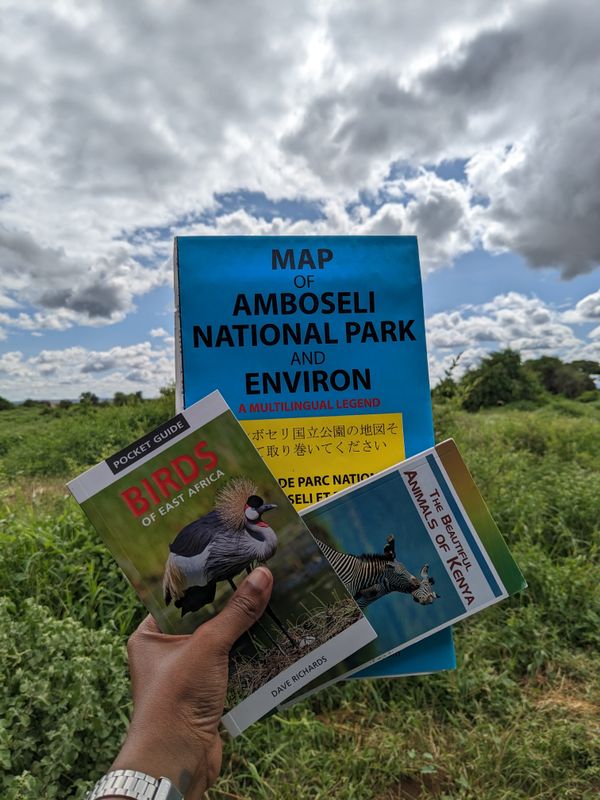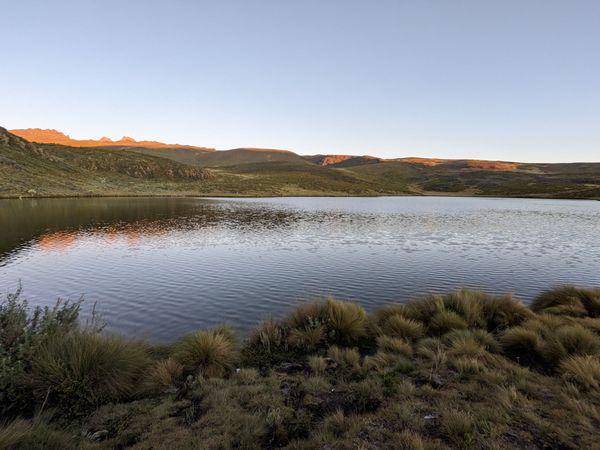Meru National Park - Our best park visit so far
Here is another attempt at interpreting the diversity of the Kenyan landscape, this time a national park.
Meru National Park is located approximately 350 km from Nairobi and is a hidden gem for all wildlife and nature lovers.
Last year, amidst several park visits, Meru NP stood out as our favorite experience. Our stay was short (3 days, 2 nights) but the experience is still very memorable. We visited the park in May 2023, a lovely season after the rains and the park was green and lush. We plan to go back in another season and see what changes.
Meru NP is home to among others, the big 5 (lion, leopard, rhino, elephant, buffalo), some of the Samburu special five (beisa oryx, reticulated giraffe, somali ostrich, grevy's zebra, rerenuk), *not sure if all 5 are available), many bird species, etc.
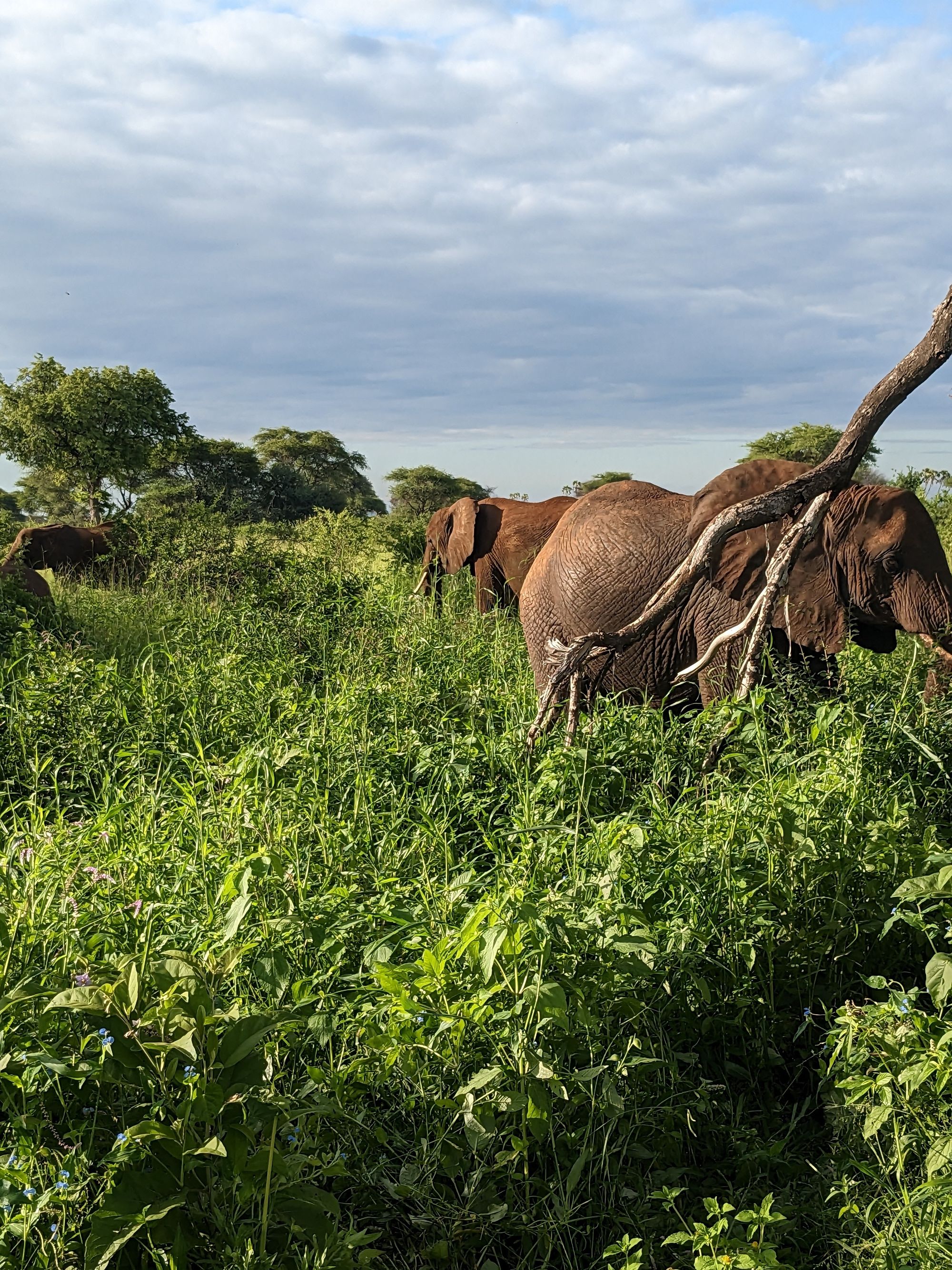
It is nestled amidst lush green vegetation, red volcanic soil, and expansive open plains which regrettably, we couldn't fully explore (the park is huge, covering around 870 square km). Nourished by 13 rivers and numerous streams. Found on the slopes of Nyambene ranges and sits to the northeast of Mount Kenya, past Meru and Maua town.
There are two routes to get here:
1) Nairobi - Embu - Meru
2) Nairobi - Nanyuki - Meru - Opting for the Nanyuki route led us to the Murera gate, one of the park's two entrances, the other being the Ura gate.
Meru NP is a part of the Meru Conservation Area that collectively spans 4,000 square km, and includes two reserves and two national parks - Bisanadi NR, Mwingi NR, Kora NP, and Meru NP. An area around the Tana River system, Kenya's longest river.
We stayed at Rhino River Camp, opposite the Rhino Sanctuary gate to the park. The tented camp is set along a riverline, the Kindani River. Offering an authentic nature immersion with a blend of luxury and exploration. With a restaurant, bar, pool, play area with board games, daily game drives, and impeccable service, it's a perfect space for glamping and enjoying the luxury of being in nature.
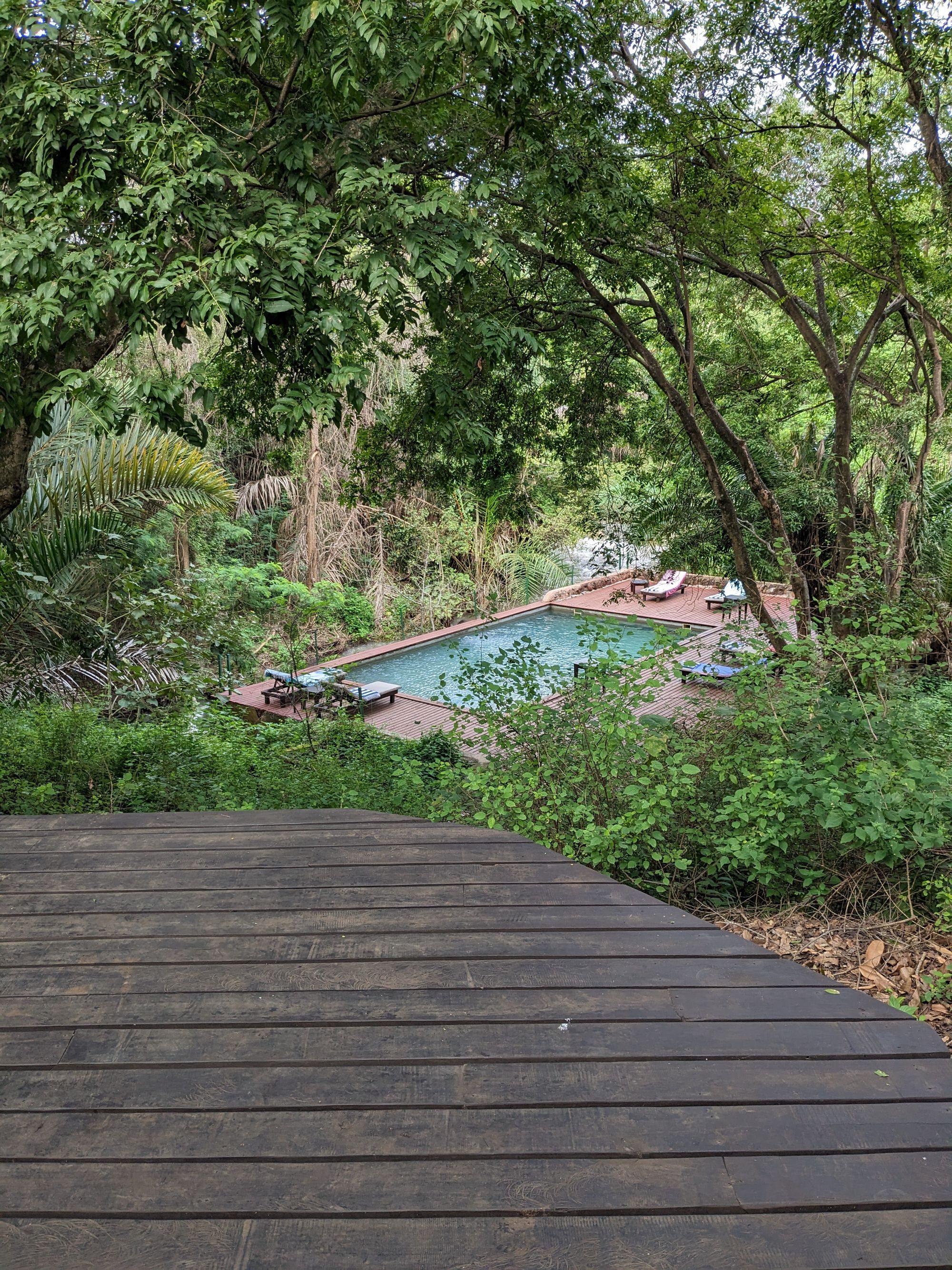
Though we enjoy camping, this was a different experience and a welcome change once in a while when the budget allows. The cost is high if you are used to camping in the wild, but their service and experience are well worth your money. There is a public camping site in the park that we plan to stay at the next time we visit.
Some highlights of our visit include:
1) Abundant wildlife - We were treated to several herds of buffaloes, many hippos (make sure to have breakfast by the hippos), elephants, giraffes, rhinos (they have a rhino sanctuary), many bird species, and lovely vegetation among others.
2) Best guided service we've had so far - The guide from the Rhino River camp and organized by Porini camps was knowledgeable, shared a lot of insights on nature, culture, the national park business, and reflected on his career as a guide. We're deeply grateful for his expertise and how he is passionately dedicated to the job and the need to protect nature and wildlife, he also shared sustainable travel tips especially in parks. Bless his heart.
3) The road trip - Through a lovely landscape. From Timau to Meru, the expansive landscape leading to Meru screams fertile and productive grounds where nature thrives and people are hard at work. We even got a chance to observe the renowned khat (miraa) business. Those cars move fast! It's always great interacting with the people and observing the economic activities of a place.
Some other things about Meru np:
Featured in the film "Born Free," Meru boasts the burial site of Elsa, immortalized by George and Joy Adamson's work.
Despite past challenges with poaching, the park has made remarkable strides in conservation efforts.
